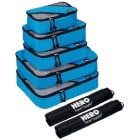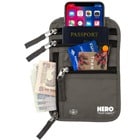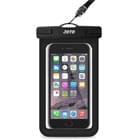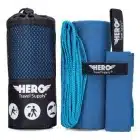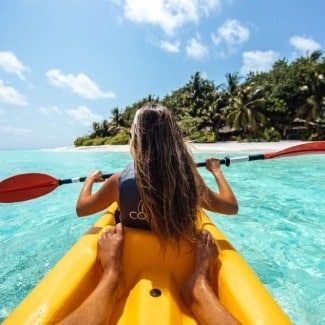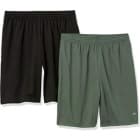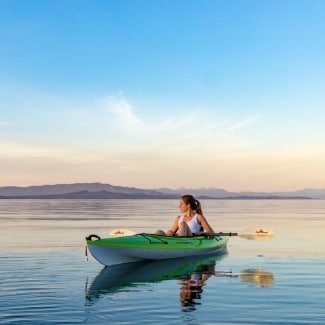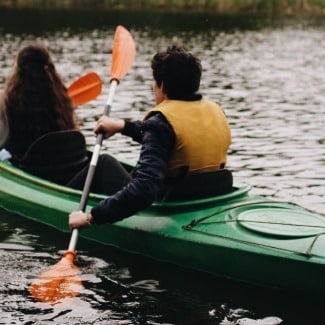SPRING – March, April, May
Since it is likely to still be chilly during the spring, you will need to bundle up some. In the earlier part of the season, you may still need to wear a wetsuit or even a dry suit if it’s really cold. (Drysuits are needed for extra cold water temps and weather.) If rain is more of your concern, be sure to pack your
rain jacket/paddling jacket and
rain pants. Be sure to dress in layers underneath (i.e.,
thermal underwear,
wool shirt, etc.)
SUMMER – June, July, August
We’ve already talked about warm weather attire quite a bit, but here is a recap. Stick with quick-drying fabrics for your clothes, as well as light colors to stay cool. You’ll also want your shoes to dry out fast, regardless of what style you choose: tennis shoes, sandals, or water shoes. Don’t forget to protect your eyes and head with sunglasses and a sun hat too!
FALL – September, October, November
Fall kayaking attire will likely be similar to what you would wear in the spring. It may still be warm enough to wear
shorts and a
t-shirt, especially in the earlier part of fall and depending on where you are. Rain gear is still a good idea to bring along. You may want to wear closed-toed shoes instead of open ones, so your feet don’t get cold.
WINTER – December, January, February
Needless to say, it’s very important to stay warm while kayaking during cold weather. Depending on where you look online, it’s recommended to start wearing a wetsuit when the water temperature is between 60 and 70°F. Around 50° and below, a drysuit is needed to be completely insulated. Of course, be sure to dress in layers underneath. Don’t forget your accessories too: paddling gloves or other insulated ones with good grip, a warm hat, and thick socks.




